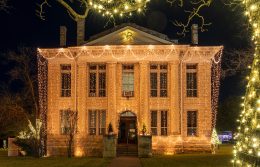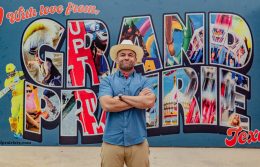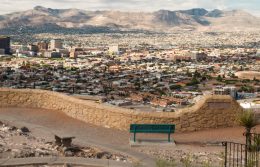A Day Out in Fort Worth
Fort Worth’s name harkens back to its founding as the site of one of the original frontier forts established by the U.S. military to help aid the westward expansion of settlers across Texas.
Within a few short years of its founding, however, migration quickly outpaced the boundary marked out by this first line of forts, and new garrisons popped up further west. The town that grew up around the fort settlement expanded, becoming a stopping-off point for migrants, soldiers, cattle ranchers, and outlaws.
When the cattle drives were established, Fort Worth became a major hub along the trail. This unique blend of transient frontierspeople turned Fort Worth into a rough-and-tumble Western center, earning it its two famous nicknames: “Cowtown” and “Where the West Begins.”
Today, Fort Worth’s history remains right on the city’s surface. From the vibrant heart of Sundance Square to the Fort Worth Stockyards, the city is perfect for exploring the heritage of Texas frontier life.
But scratch the surface, and you’ll discover a bustling urban hub—a city that continues to boom as the intersection of trade, commerce, and migration continues to fuel its growth and culture. Join us as we take a Texas two-step spin through the city locals have lovingly dubbed with a third moniker: “Funkytown Fort Worth.”
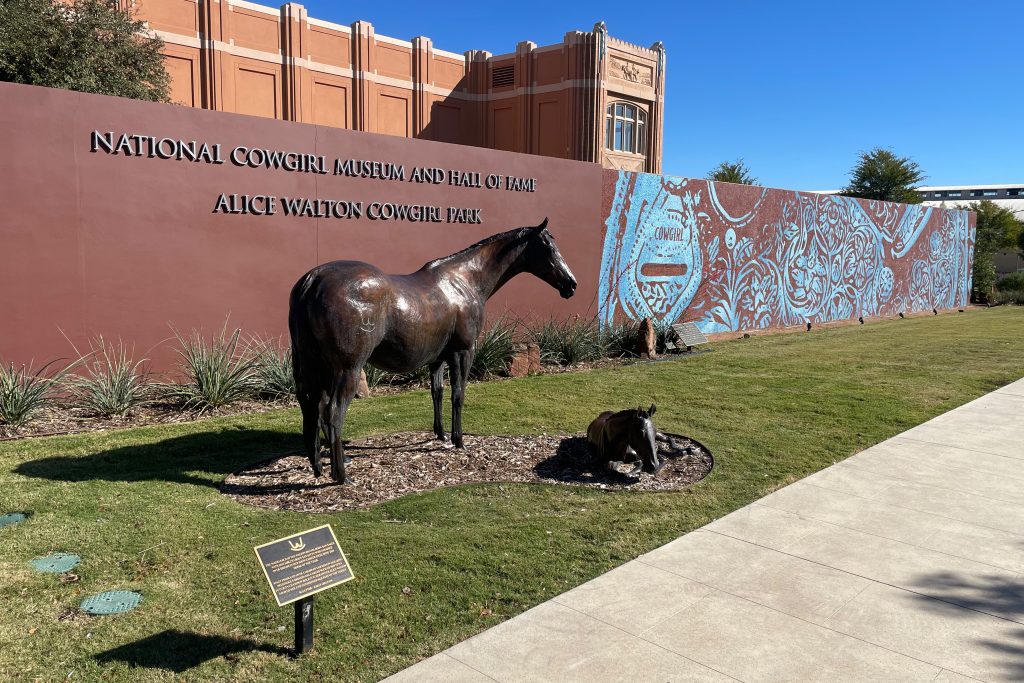
Morning: Where the West Remains
Start your day in the Fort Worth Stockyards National Historic District, a living tribute to the city’s cattle-driving past. Walk along the red-brick streets and take a step back in time as the architecture and ambiance of the Old West surround you. Don’t miss the daily cattle drive at 11:30 a.m. when a team of drovers clad in authentic cowboy attire leads a herd of Texas longhorns down East Exchange Avenue.
Next, head over to the National Cowgirl Museum and Hall of Fame, which celebrates the lesser-known stories of the women who helped shape the American West. The exhibits not only interpret the history of pioneers who blazed trails across the West but also celebrate the rodeo stars, ranchers, artists, artisans, writers, and musicians who keep that legacy alive today.
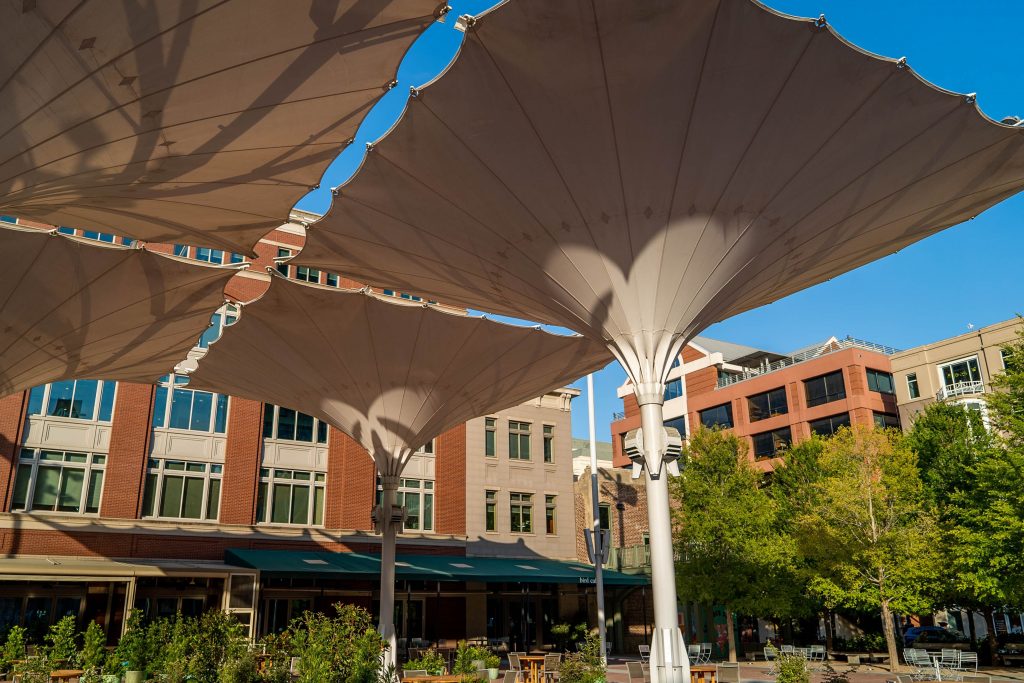
Lunch: Crossroads Cuisine
Fort Worth’s recent growth has helped cultivate a vibrant and eclectic culinary scene. New fine dining has popped up in bustling districts like Magnolia Avenue, while the revitalization of Sundance Square has brought new life to the city center.
But a trip through Fort Worth would be amiss if it didn’t indulge in some of the city’s classic institutions, like Joe T. Garcia’s, which has served some of the state’s best Tex-Mex since 1935. The sprawling hacienda-style restaurant boasts a lush outdoor patio where you can savor the famous fajitas and enchiladas amid a picturesque garden setting that still feels like a frontier oasis.
Texas’ recent barbecue renaissance has not left behind Fort Worth, which boasts several of Texas Monthly’s top barbecue joints. To pair lunch with an excuse to visit one of the city’s great neighborhoods, head to Heim Barbecue on West Magnolia Avenue.
After devouring slow-smoked brisket and fall-off-the-bone ribs, walk off your lunch along the street, which is now bustling with cafes and galleries. If you have room, pop into MELT Ice Cream for a treat.
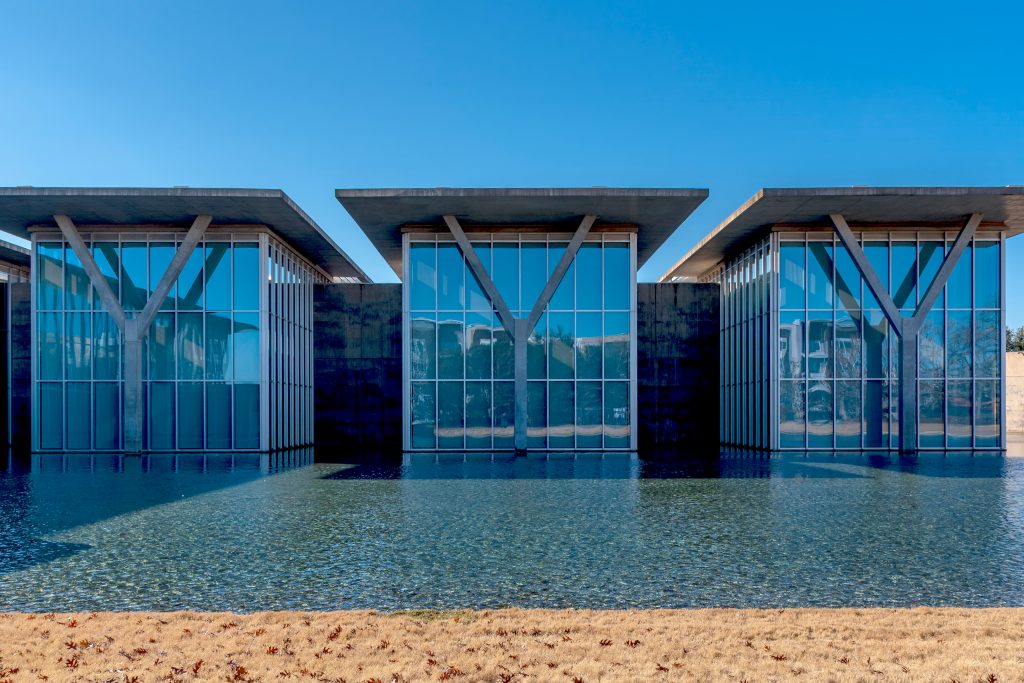
Afternoon: A Stroll Through the Cultural District
Fort Worth has long been home to a thriving art scene, thanks to a legacy of passionate, culture-loving philanthropists who have invested in creating a cultural hub on the prairie.
Any swing through Fort Worth’s Cultural District should start with the Kimbell Art Museum, one of Texas’ best. Marveling at Louis I. Kahn’s architectural masterpiece is worth the visit alone, but inside you’ll find a collection of old masters and modern classics—from Michelangelo to Monet to Picasso, not to mention a range of antiquities and Asian art—that have helped earn this museum its reputation as a mini-Met.
Across the street, you’ll find another architectural gem: Tadao Ando’s Modern Art Museum of Fort Worth, a graceful, minimal glass arc that floats on a shallow, shimmering pond and is home to another small but impressive art collection. Works by artists such as Jackson Pollock, Andy Warhol, and Cindy Sherman are a testament to the dedication and taste of the city’s collecting heritage. It is only right that these masterpieces are housed in an elegant building that even empty would be a pleasure to explore. Be sure to stop for an afternoon coffee in the museum’s café, which offers floor-to-ceiling views of Ando’s masterpiece.
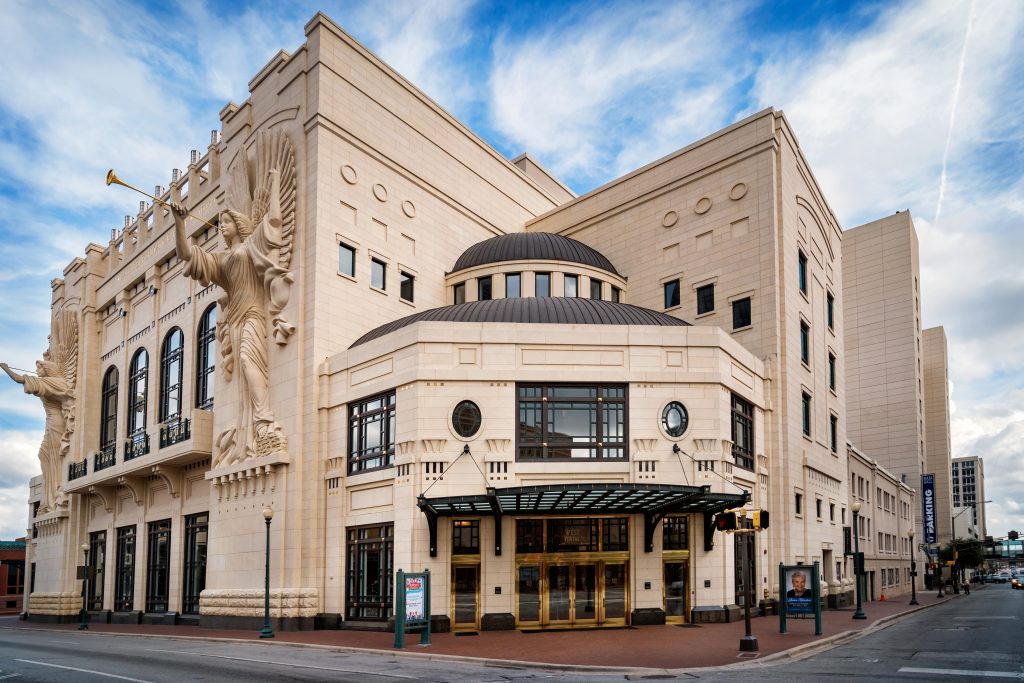
Evening: Honky-Tonk Heaven
As the sun begins to set, make your way to Sundance Square, an energetic 35-block entertainment district in downtown Fort Worth. This lively area is brimming with shops, restaurants, and theaters, all nestled around the picturesque Plaza. Grab a bite at one of the many eateries, or catch a live performance at Bass Performance Hall or Circle Theatre.
But if you want to cap off your day in true Fort Worth fashion, there’s no other choice than to head back to the Stockyards, pull on your cowboy boots, and two-step into Billy Bob’s Texas—the world’s largest honky-tonk.
With its 127,000 square feet of dance floors, stages, and entertainment, Billy Bob’s is the ultimate destination for country music and honky-tonk culture. Even on nights when some of the biggest names in the business aren’t performing, you’ll be sure to enjoy a raucous band leading pairs spinning around the dance floor. Try your hand at riding the mechanical bull, or simply kick up your boots, relax, and soak in the atmosphere. After all, cutting loose in Funkytown is a tradition as old as Texas.
In the mood to bust a move? Embark on the ultimate Texas music venue road trip that has plenty of stops at historic honky-tonks and dance halls across the state.
© 2023 Texas Farm Bureau Insurance

